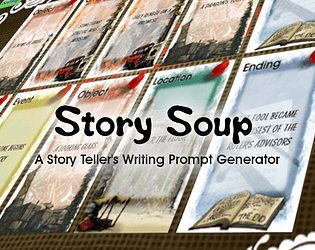In the vibrant world of Minecraft, flowers are more than just decorative elements. They are essential resources for crafting dyes, enhancing landscapes, and even collecting rare species. This comprehensive guide delves into the unique characteristics and best uses of various flowers, helping you maximize their potential in your adventures.
Table of Contents
- Poppy
- Dandelion
- Allium
- Rose Bush
- Wither Rose
- Peony Bush
- Lily of the Valley
- Tulip
- Azure Bluet
- Blue Orchid
- Cornflower
- Torchflower
- Lilac
- Oxeye Daisy
- Sunflower
Poppy
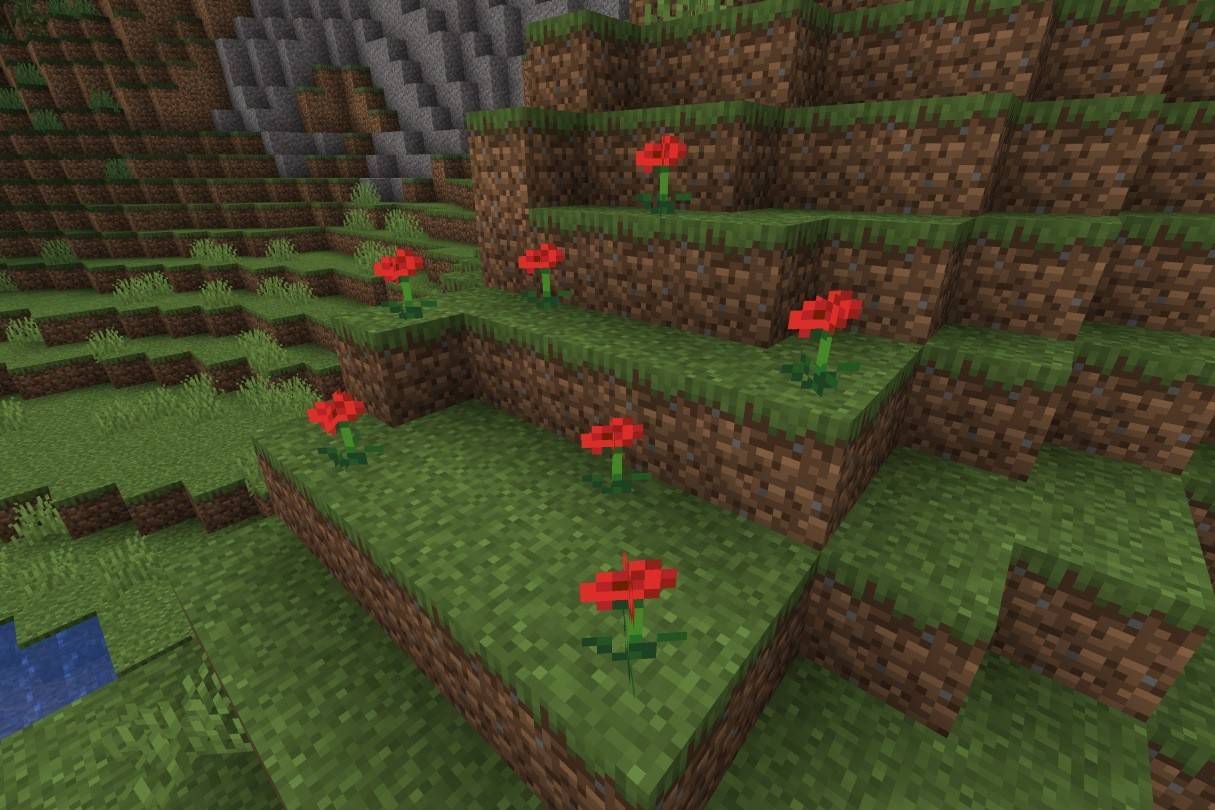 Image: ensigame.com
Image: ensigame.com
Poppies, with their iconic red hue, have taken the place of the original "rose" and cyan flowers in earlier versions of Minecraft. Any existing flowers in the game world were automatically converted to poppies. These charming flowers can be found naturally across various biomes and are also occasionally dropped by Iron Golems as gifts for village children.
Their primary use is in crafting red dye, which is versatile for recoloring banners, beds, wool, sheep, and even the collars of tamed wolves.
Dandelion
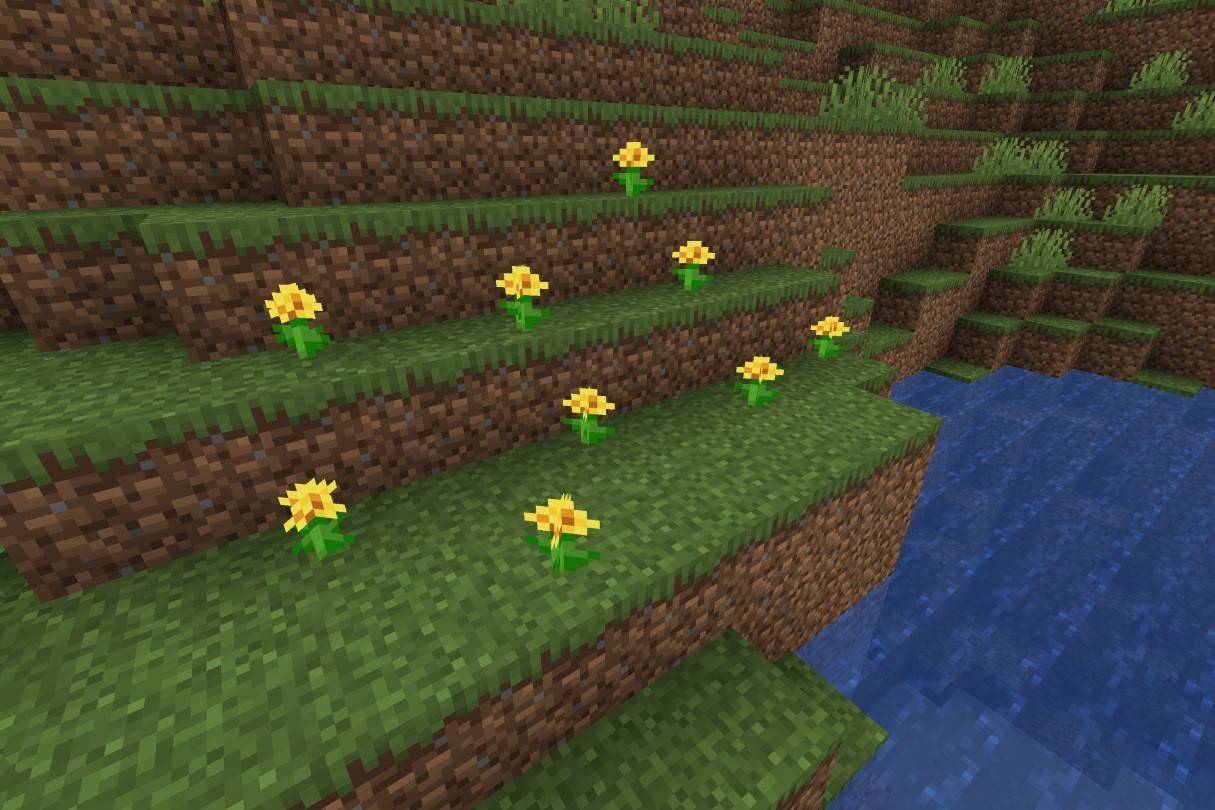 Image: ensigame.com
Image: ensigame.com
Dandelions, sporting their vibrant yellow petals, thrive in most biomes except swamps and ice plains. They are commonly found in flower forests and serve as the primary source of yellow dye. While dandelions yield one unit of dye, sunflowers produce two. These cheerful flowers are invaluable for adding a splash of color to banners, wool, and other decorative items.
Allium
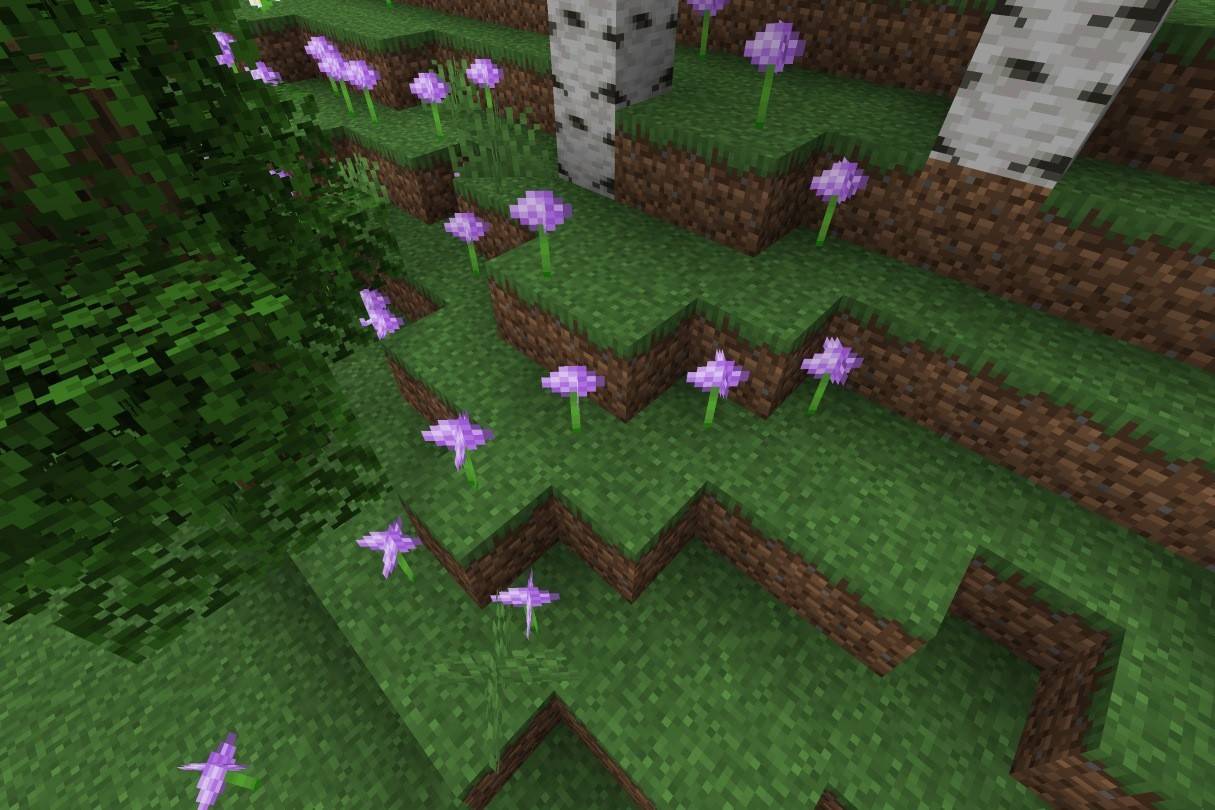 Image: ensigame.com
Image: ensigame.com
Alliums, with their striking purple blooms, are naturally found in flower forest biomes. Their main role is in crafting magenta dye, essential for recoloring mobs and creating beautiful blocks like magenta stained glass, terracotta, and wool. These elegant flowers add a touch of sophistication to any garden or build.
Rose Bush
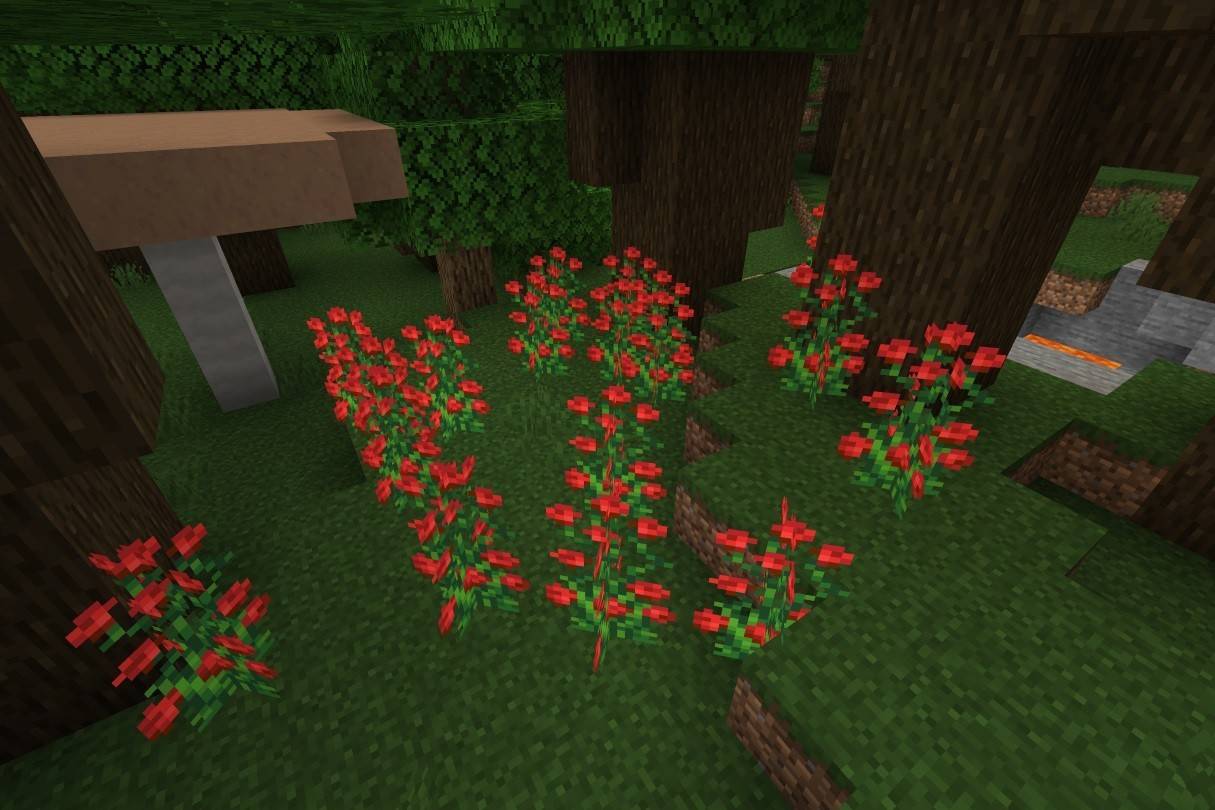 Image: ensigame.com
Image: ensigame.com
Rose bushes, tall plants adorned with red flowers, are found in various forest biomes. Alongside lilacs and sunflowers, they are one of Minecraft's rare two-block-high flowers. When harvested, they yield red dye, widely used for dyeing wool, banners, beds, leather armor, and other items. Unlike the perilous wither rose, the rose bush is purely decorative and functional, making it a safe yet striking addition to any landscape.
Wither Rose
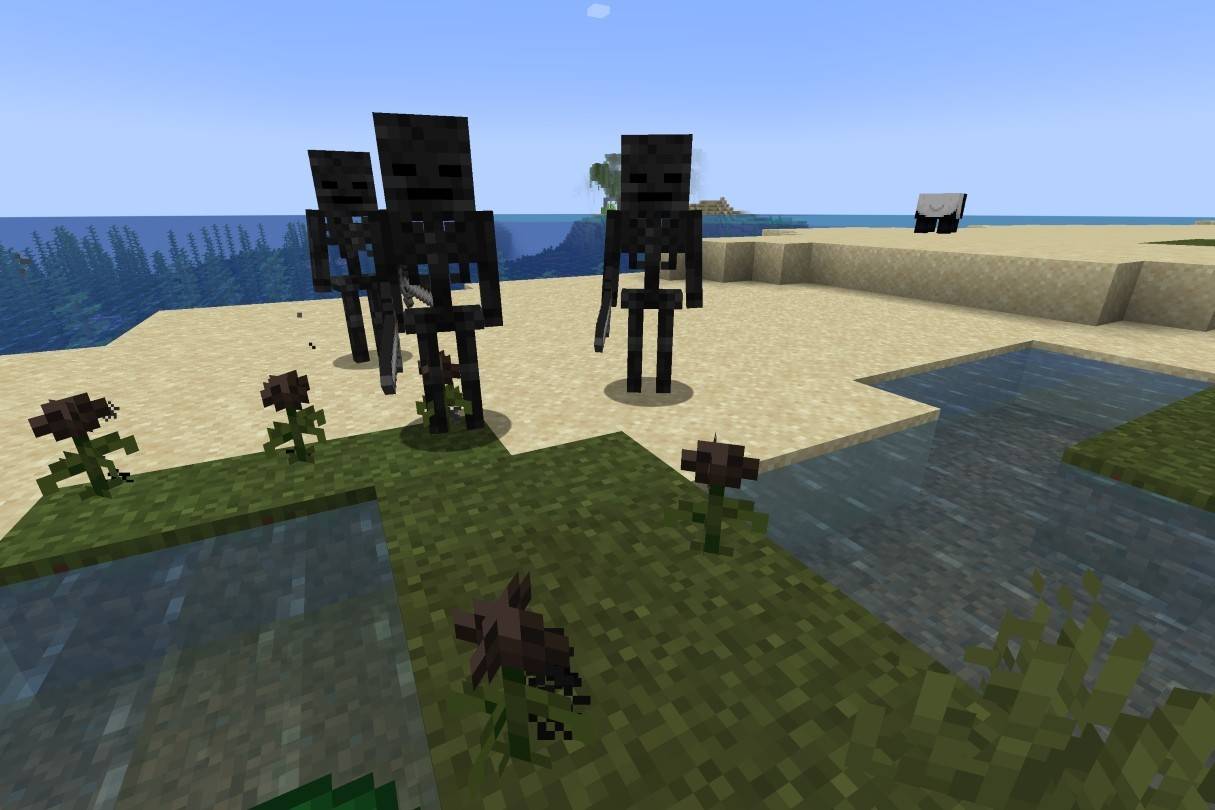 Image: ensigame.com
Image: ensigame.com
The wither rose, a rare and ominous flower, does not grow naturally but is created when a mob is killed by the Wither or is occasionally found in the Nether. Unlike rose bushes, stepping on a wither rose inflicts the Wither effect, gradually draining health and posing a lethal threat to unsuspecting players. This effect can be neutralized by drinking milk.
Wither roses are used to craft black dye, which is used for recoloring leather armor, terracotta, banners, beds, and wool. They also contribute to crafting firework stars and black concrete powder, making them a unique yet dangerous resource.
Peony Bush
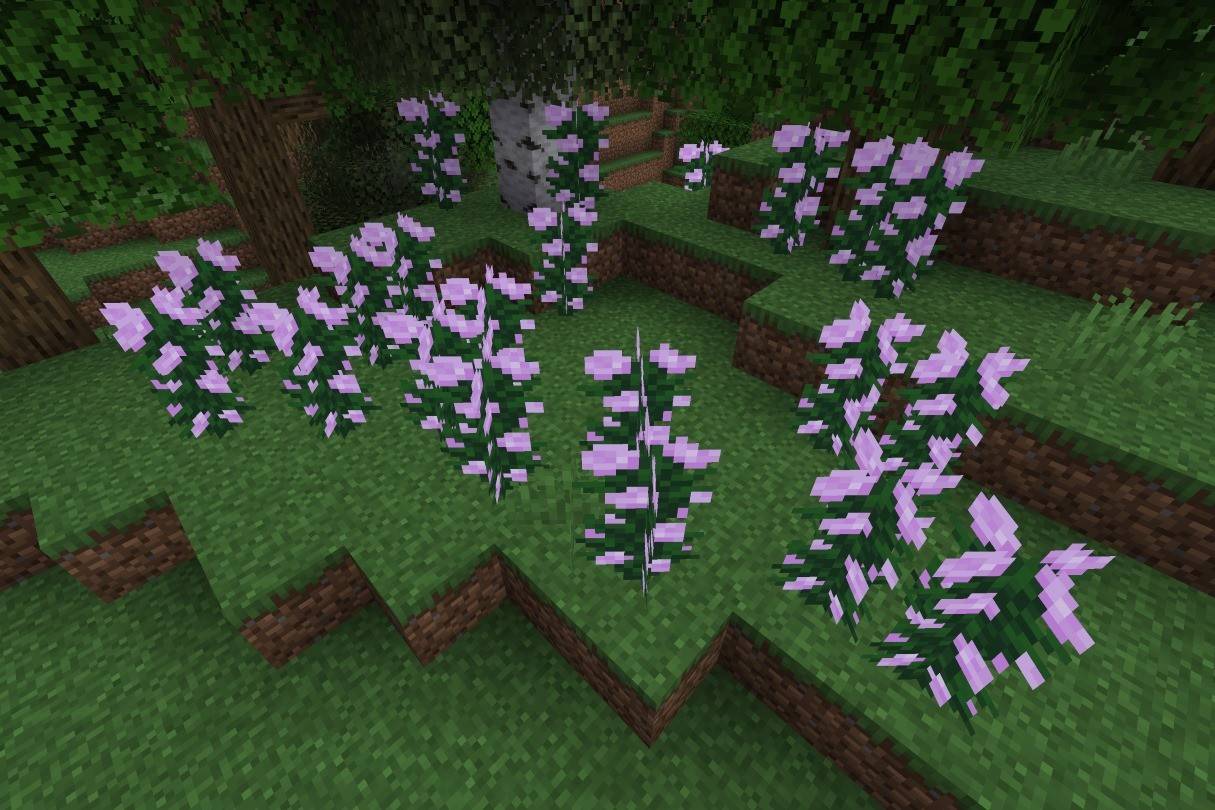 Image: ensigame.com
Image: ensigame.com
Peony bushes, tall plants with pink flowers, thrive in woodland biomes. These beautiful blooms can be converted into pink dye by placing them on a crafting table or combining red and white dye. Players can propagate peonies using bone meal, allowing for unlimited cultivation.
Pink dye is useful for recoloring wool, stained glass, terracotta, and the collars of tamed wolves. Additionally, applying bone meal to grassy areas in specific biomes may result in the growth of pink flowers, expanding your decorative options.
Lily of the Valley
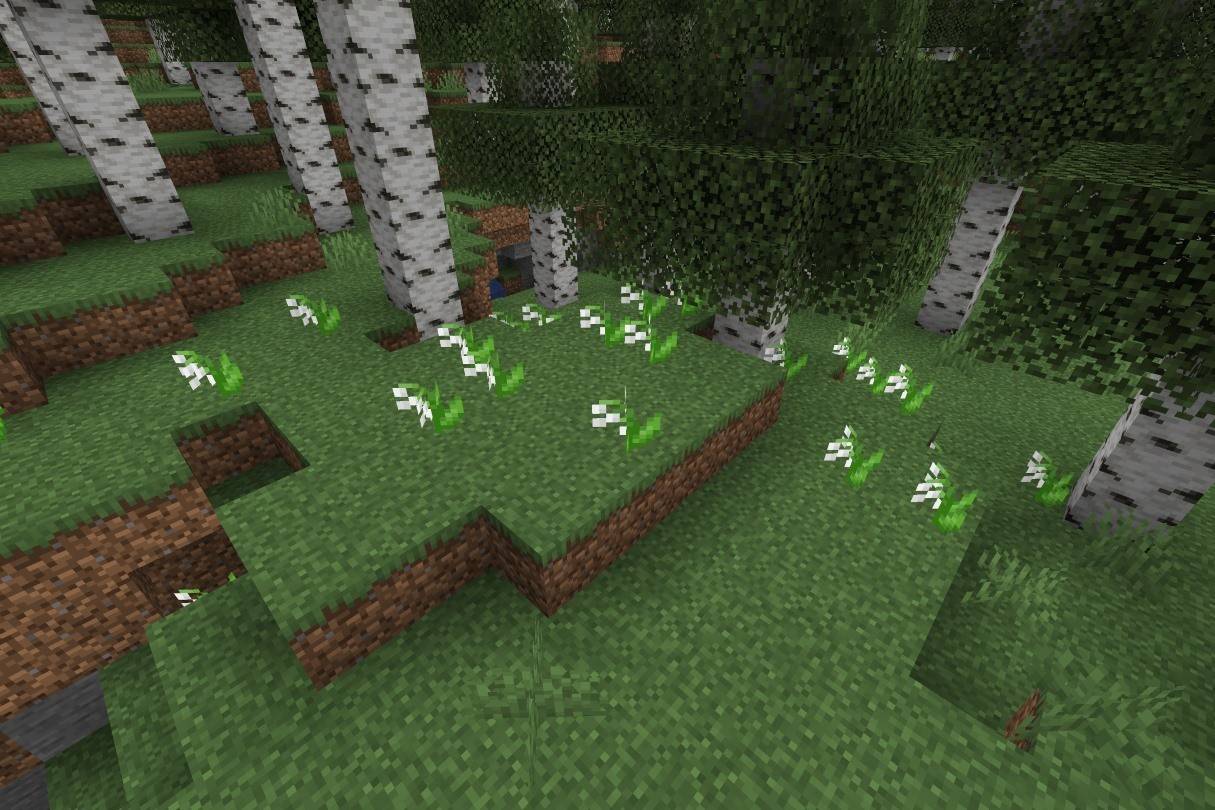 Image: ensigame.com
Image: ensigame.com
The Lily of the Valley, with its pure, bell-shaped flowers, grows in forest and flower forest biomes. It can be transformed into white dye, which is used to recolor wool, banners, beds, terracotta, and the collars of tamed wolves.
Beyond its primary use, white dye is used to create secondary dyes such as gray, light gray, light blue, lime, magenta, and pink. These versatile flowers often sprout on grass blocks in suitable biomes, making them an easily accessible resource.
Also read: Minecraft Building Opportunities: 50 Ideas for a Home
Tulip
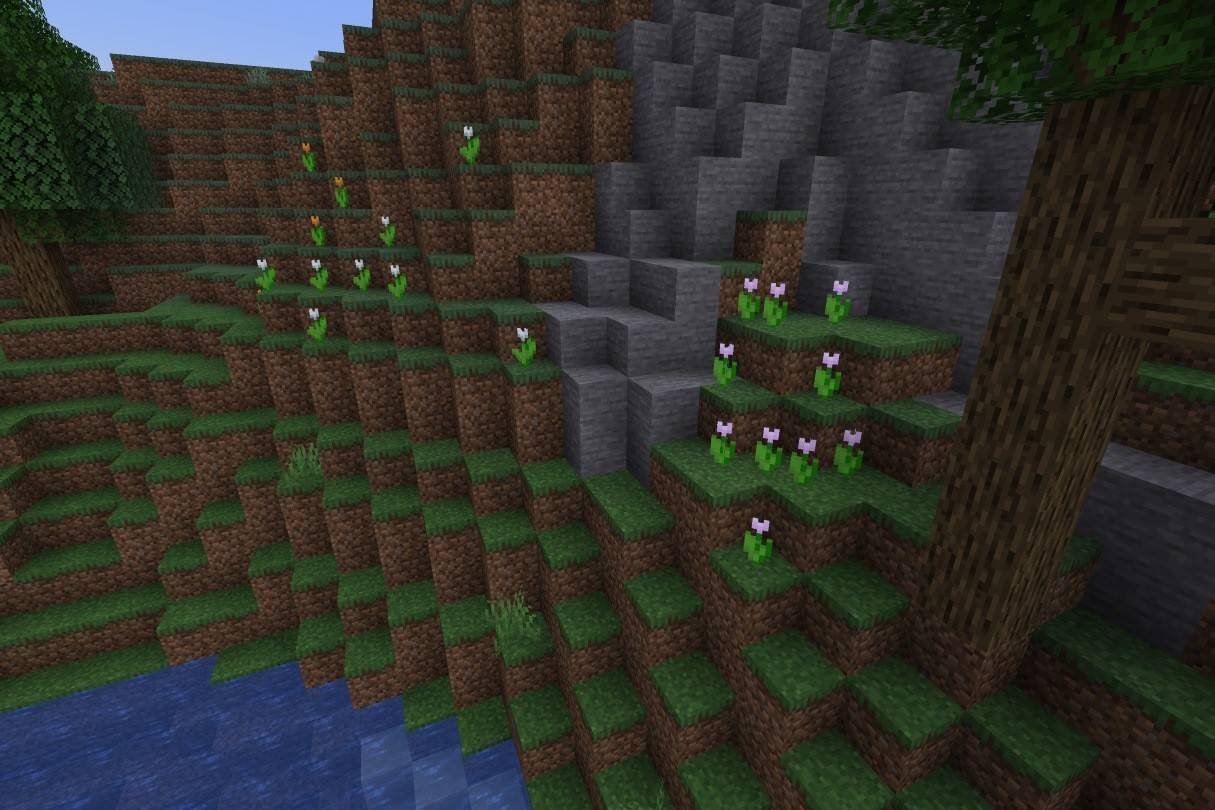 Image: ensigame.com
Image: ensigame.com
Tulips, among Minecraft's most diverse flowers, come in red, orange, white, and pink varieties. They can be found in plains and flower forests and are a key source of dye. Depending on their color, they can be dyed red, pink, orange, or light gray, offering numerous customization options for builds and items.
Azure Bluet
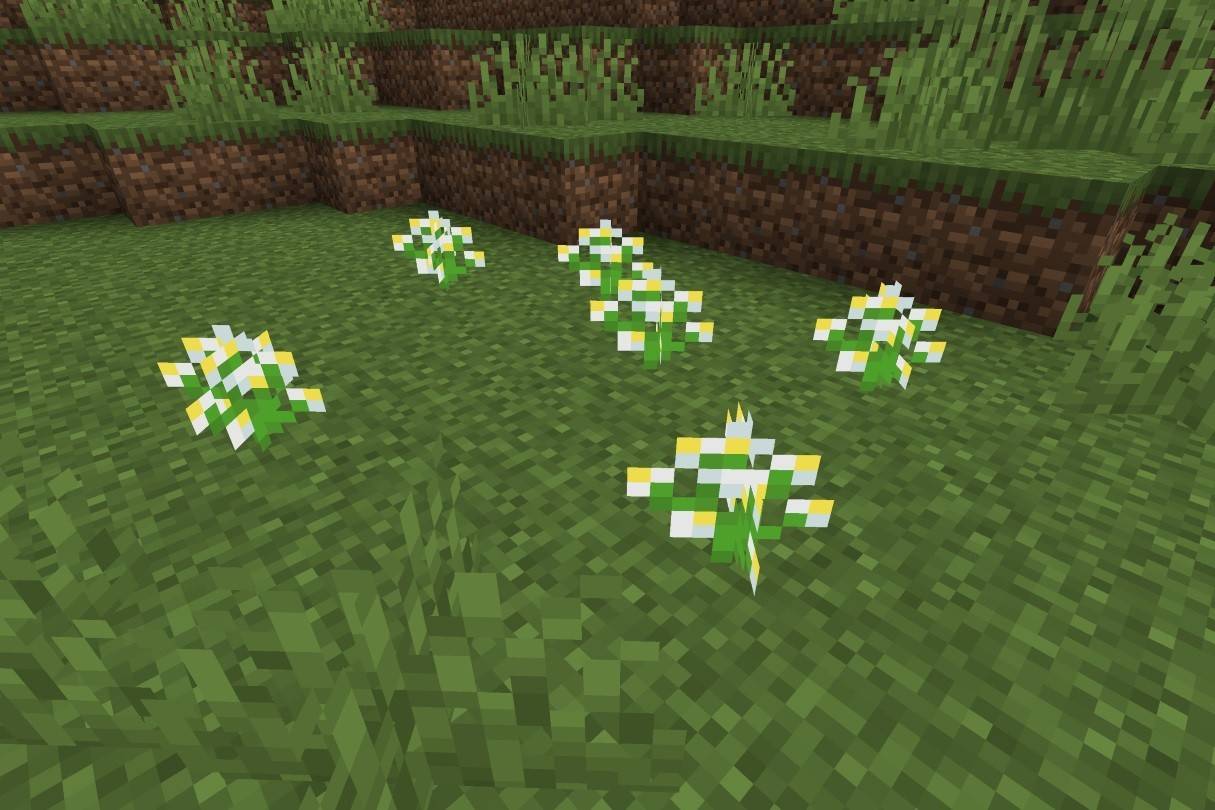 Image: ensigame.com
Image: ensigame.com
The azure bluet, a small, white and yellow flower, thrives in plains, sunflower plains, and flower forests. It is used to create light gray dye, which can also be produced by combining bone meal and gray dye.
Blue Orchid
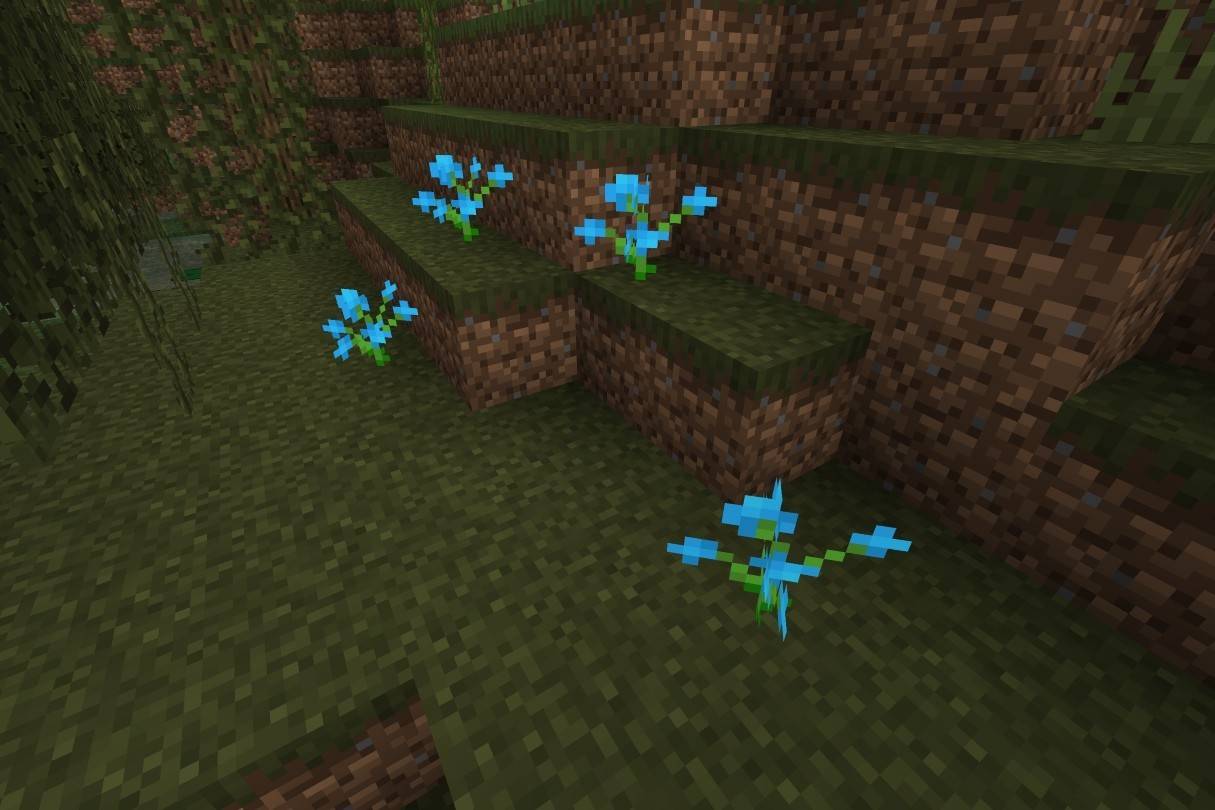 Image: ensigame.com
Image: ensigame.com
The blue orchid, a rare and vivid flower found only in swamp and taiga biomes, is an effective source of light blue dye.
Cornflower
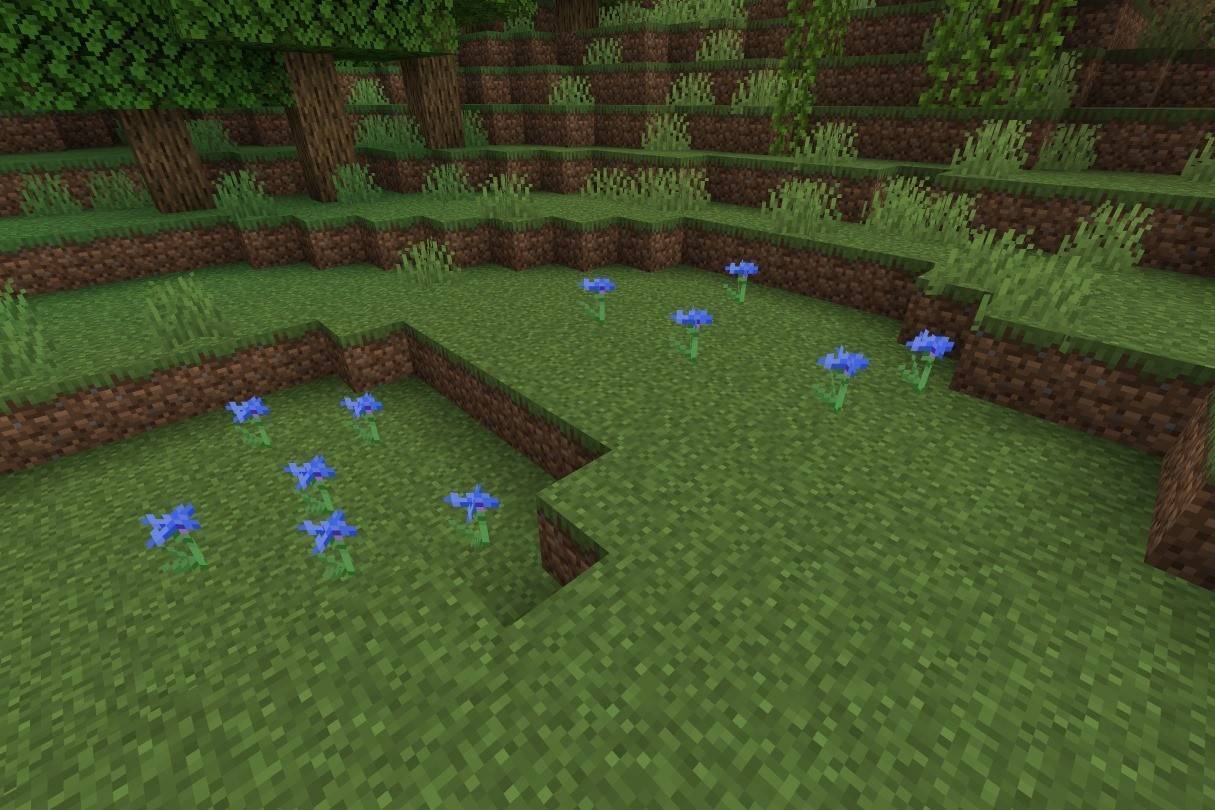 Image: ensigame.com
Image: ensigame.com
Cornflowers, with their blue petals, flourish in plains and flower forests. Their spiky, star-shaped petals make them stand out in any environment. Their primary function is to produce blue dye, used for coloring wool, glass, and terracotta.
Torchflower
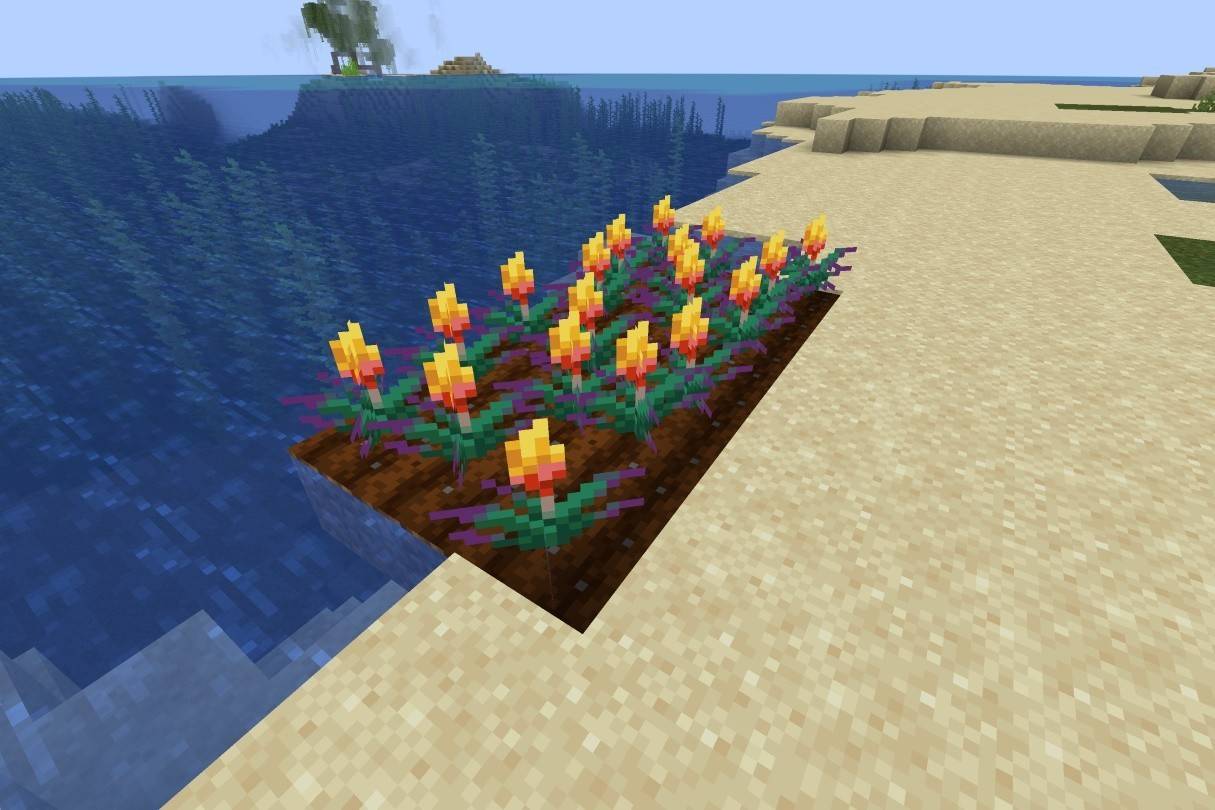 Image: ensigame.com
Image: ensigame.com
The torchflower, grown from seeds, yields orange dye. It does not generate naturally and cannot be spread using bone meal in Bedrock Edition. In Java Edition, endermen can pick up and drop it. It can be used to decorate various types of soil and is suitable for flower pots.
Lilac
 Image: ensigame.com
Image: ensigame.com
Lilacs, with their towering, two-block-high flowers in a soft light-purple hue, occur naturally across several forest biomes, including plains. They are notable for their distinctive appearance and vibrant color. These blooms can be harvested and used to create magenta dye.
Oxeye Daisy
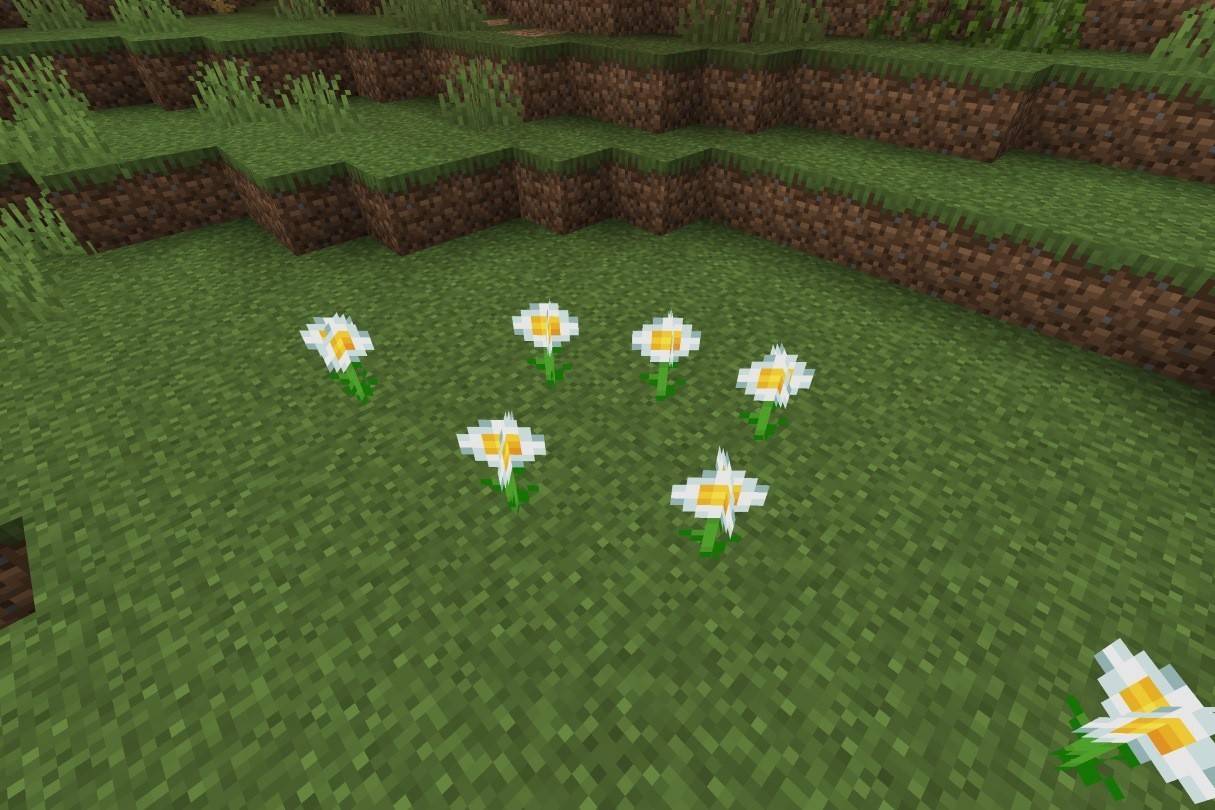 Image: ensigame.com
Image: ensigame.com
The oxeye daisy, a simple yet attractive white flower with a yellow center, can be found in plains biomes. It is commonly used to create light gray dye, ideal for dyeing wool, leather armor, and glass. Beyond its practical applications, the oxeye daisy can be used to decorate banners, creating a sun-shaped pattern.
Sunflower
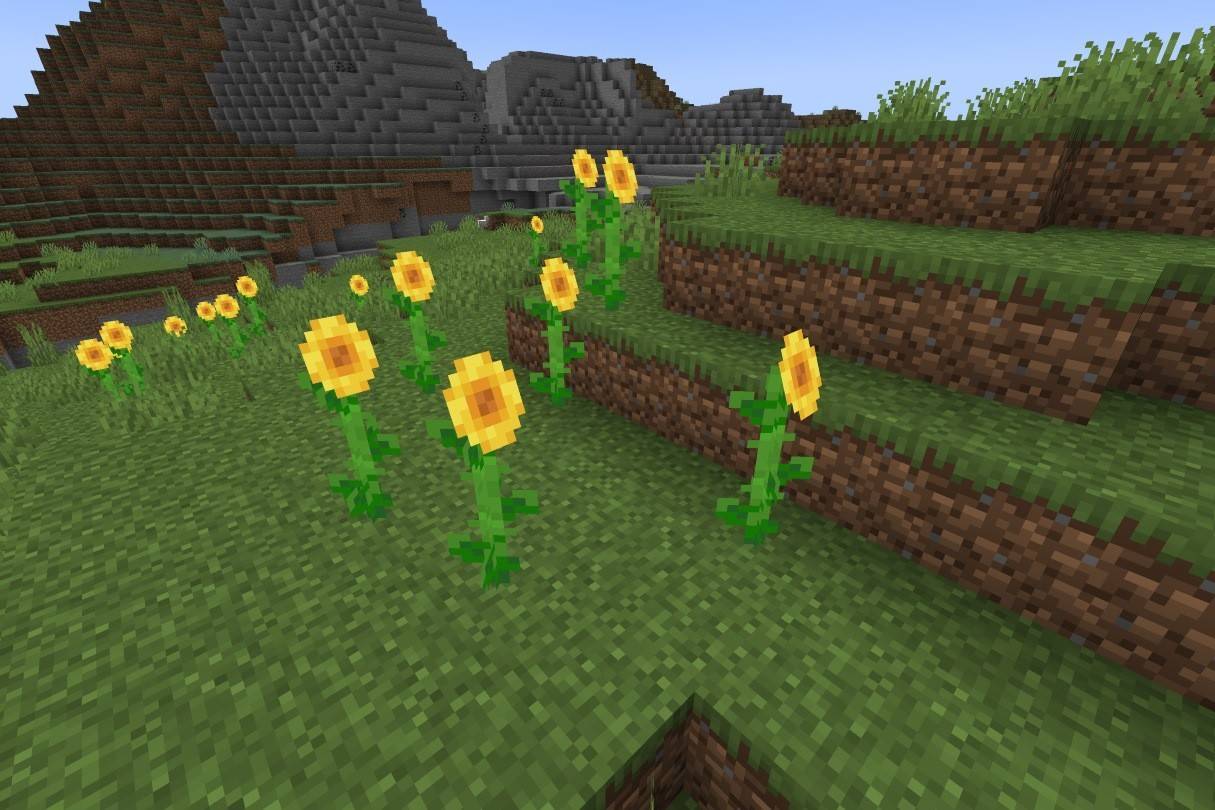 Image: ensigame.com
Image: ensigame.com
Sunflowers, introduced in Minecraft 1.7, were designed with a realistic appearance but were later modified to fit the game's art style. These tall blooms, which face east to follow the sunrise, are excellent for navigation. They grow in the sunflower plains biome and can be used to create yellow dye.
These flowers play a crucial role in Minecraft, not only for dyeing but also for creating potion-like effects. Discover them, experiment with their applications, and unlock their hidden potential to enhance your gameplay experience.







